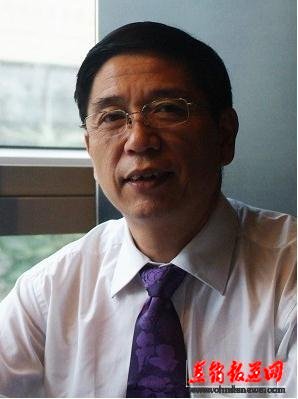2016-11-15 17:00
Where is the continued growth of the population and liabilities of the Chinese economy?

[news] direct reporting network Beijing on November 15th (first financial network) will be 2016 in the history of population Chinese left a strong: this year, the implementation of the thirty or forty years of one-child policy ended, fully implement the two child policy in the country. How will this historic change affect the number and structure of China population, and will bring what kind of impact on the economic development of Chinese? Has a dazzling aura of the demographic dividend, but also promote the rapid economic development Chinese Benz?
Bid farewell to the demographic dividend
Over the years, the demographic dividend has become a topic of Chinese scholars. Even if people do not understand the general population of the population and the economy, many also have a vague understanding of the impact of demographic dividend on China's economic development.
The demographic dividend refers to the fertility rate in a period of rapid decline in children and elderly dependency burden were relatively light, before which reached higher levels in the proportion of the elderly population, forming a relatively rich labor resources, the golden age is very favorable for economic development. Demographic dividend is just an opportunity window period, can not get the bonus harvest to their own basket also needs a number of factors such as institutional reform.
According to the research of domestic and foreign scholars, China's economic development does benefit from the demographic dividend, but the actual impact is not widely reported by the media so large.
Vice president of the Academy of Social Sciences China Cai Fang has estimated that since the reform and opening up, China GDP per capita growth rate in 27% of the contribution from the demographic dividend. The results of this study are widely spread, but the joint research professor Wang Feng and University of Hawaii professor Andrew Mason of Fudan University School of social development and public policy that the demographic dividend contribution to China economy is not so high, only about 15%.
Chinese demographic dividend has a characteristic, growth due to strict restriction policy quickly lower the fertility rate, China in less than thirty years in western developed countries need population transition hundreds of years to complete, the demographic dividend window greatly narrowed.
According to the National Bureau of statistics, in 2015, China's total population of 1 billion 367 million people, of which more than 60 years of age more than 220 million people, accounting for 16.1% of the total population. 0~15 year old children's population of 240 million people, accounting for 17.6%. Although China is still a country with a large population, but the population structure is distorted, the rapid aging and serious minority children coexist, the working age population aging, is far from a population power.
Wang Feng believes that the demographic dividend is the growth rate of producers and consumers in the effective effective difference, it is not inexhaustible. According to Wang Feng's research, in 2013, the same growth rate, after the effective consumer growth faster than the growth rate of effective producers. This means that since 2013, China's demographic dividend has disappeared, there is no longer exists.
Cai Fang's conclusion is that in 2013 to 2015 before and after the dividend turning point for China's population, from this point, the speed of aging population will accelerate the demographic dividend into a demographic debt.
In addition, the population of scholars Chen Wei, Peng Xizhe, Chen Youhua and other believe that China's demographic dividend period may end in 2025 or 2030. However, due to a similar point of view is mainly based on the total dependency ratio (0~14 years old children's population, 65 years old and older than the population ratio of 15~64 years of age) to determine the demographic dividend period, there are still more questions.
Questioning focused on, according to the 15 to 64 year old population as the denominator to calculate the total dependency ratio, no breakdown of the results, to a great extent deviate from the actual. From the young population, due to the popularity of higher education, the age of entry into the workplace was significantly delayed, significantly more than 15 years old; and China's current average retirement age is only 54 years old, 64 years younger than ten years old. For a large number of working age population in the state of post retirement employment, which is bound to lead to the total dependency ratio and the demographic dividend period is not accurate.
Compared with the calculation is not accurate, the more critical is the understanding of the demographic dividend errors. The population of scholar Huang Wenzheng believes that because of the demographic dividend is the fertility rate from high to low in the process of reducing the dependency ratio leads to decline, it is easy to form a kind of misunderstanding, which reduce the fertility rate is conducive to economic development in the long term, in fact, on the contrary.
First financial reporter found that more and more scholars agree, the so-called by reducing the fertility promoting economic only temporarily reduces the dependency burden, but this effect is the demographic dividend, as it is in the current population of usury, fewer children reduce the dependency burden, which leads to future workforce reduction, aging the huge population, the debt must also. Chinese is accelerating the aging is a case in point.
Over the past few decades, China has enjoyed a significant demographic dividend, and now need to deal with the new problem is how to achieve sustained economic growth in the population and debt?
|

